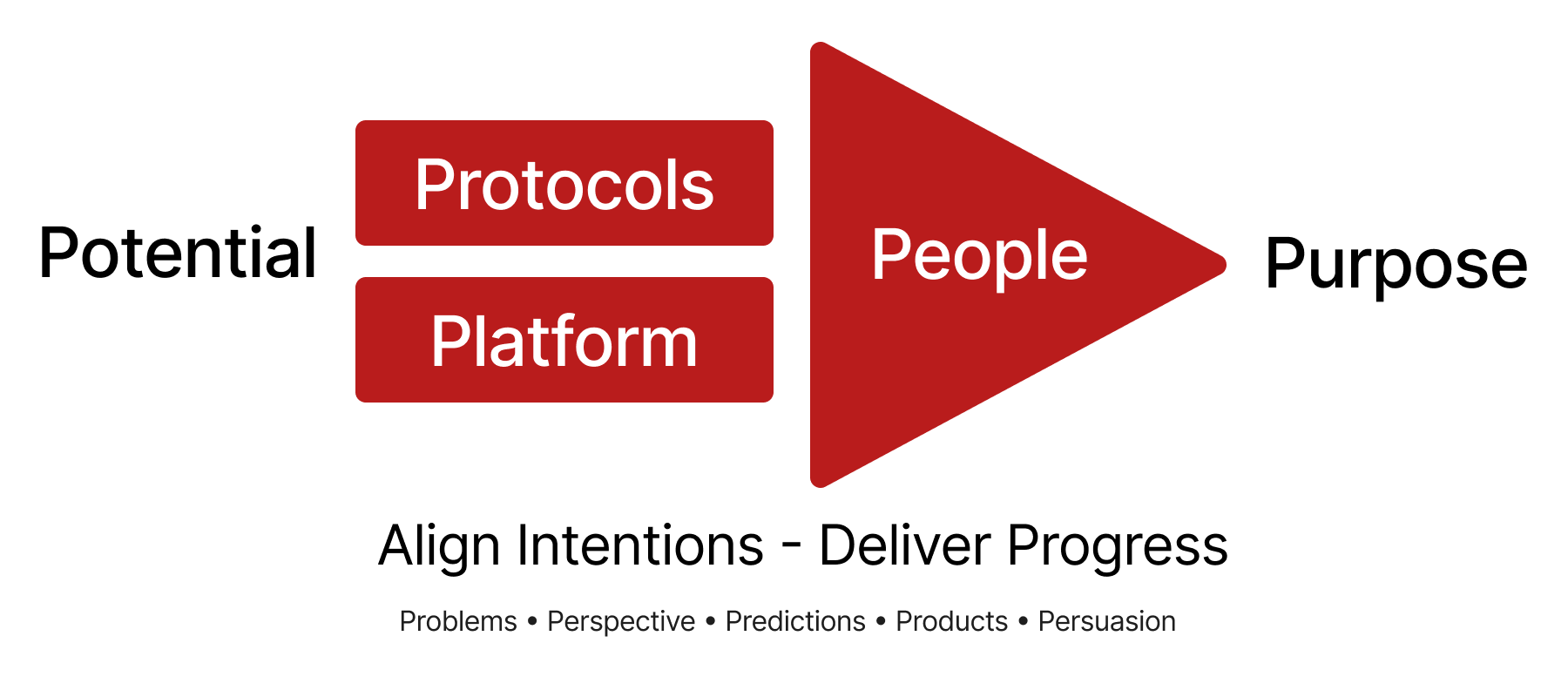Problem Solving
How do you define a problem accurately?

Every problem should be so clearly defined that anyone can jump in to solve it without requiring additional contextual information.
Priority
What is the most valuable problem you can solve right now?
Category
What type of problem are you solving?
What type of problem are you solving? What type of decisions do need to make?
- NP Hard Problems are particularly challenging because they cannot be solved in polynomial time, but a proposed solution can be quickly verified in polynomial time. Examples of NP-hard problems include the Traveling Salesman Problem, the Knapsack Problem, and the Integer Programming Problem.
- Chaotic problems are difficult to understand the relation between cause and effect. No obvious pattern to follow. Financial markets, highly dynamic and personal, results reflect changes in time and complex data structures. Ask what type of black swan events your systems could be exposed to.
- Complex problems require analysis and reflection, ad-hoc problem solving with workflows to help solve the problem. Resolution is not a predictor of the future. Experts don't exist Experimentation and outcomes prove what works.
- Complicated problems require domain expertise/experience to understand the problem and how to fix with decision tree in the workflow map. Best practice analysis
- Simple: The impact of cause and effect are well-defined. Simple data analysis to monitor and easily understood workflows to prevent or fix problems without much experience. Best practice exists
Problem Statement
If I had an hour to solve a problem I'd spend 55 minutes thinking about the problem and five minutes thinking about solutions - Albert Einstein
A problem statement should describe an undesirable gap between the current-state level of performance and the desired future-state level of performance. Focus only defining the true nature of the problem not looking solutions
A problem well stated is half solved
Checklist
To write a valuable problem statement, work through the following:
- What is the problem that needs to be solved?
- Where is the problem observed? (location, product)
- What is the origin of the problem?
- Who is impacted? (customers, businesses, departments)
- When does the problem occur? (triggers)
- Why the problem matters, and why it prevents progress.
- How is the problem observed? (symptoms)
- How often is the problem observed? (error rate, magnitude, trend)
- Triggers and trends for where the problem is observed and the path it is following.
- Quantify loss of money, time, quality, environmental, motivation etc
- Importance to individuals and organisations to quantify urgency.
Gap Analysis
A problem statement should include absolute or relative measures of the problem that quantify that gap. Include everything from financial costs, damaged morale to literal physical objects blocking a path.
Context
- Meaningful Progress
- Demand Driven Sales
- Business Consulting
- Startup / Projects